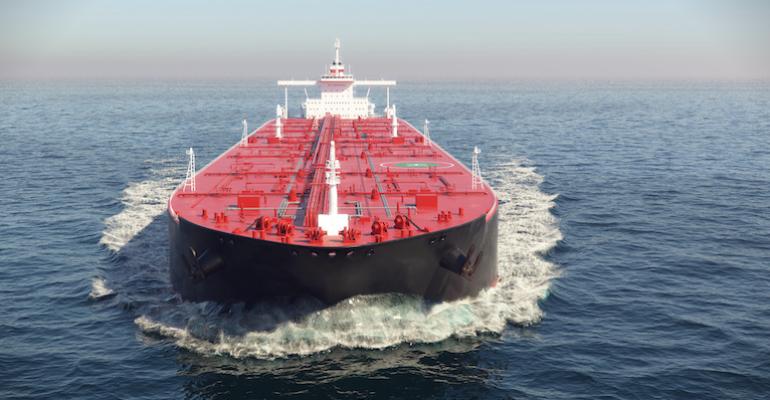Time charter equivalent earnings for its VLCC fleet split at $43,600 per day for vessels on the spot market and $39,600 per day for those trading on time charter, DHT reported in its fourth quarter and full year results.
For the year as a whole DHT reported its second highest ever earnings with a net profit of $161.4 million compared $62 million in 2022.
NYSE-listed DHT is upbeat about the company’s future prospects both in terms of demand and supply.
“We expect continued rewarding times ahead, supported by growth in oil demand, longer transportation distances and a very limited supply of new ships into a rapidly aging global fleet,” the company said.
It believes that many of the increasingly complex geopolitical events, including those in the Red Sea where the Houthi in Yemen are targeting commercial ships, could be beneficial to the market in which it operates.
Listen to a podcast on the outlook for the tanker market in 2024
On the supply DHT noted the growth in interest in newbuildings in the latter part of 2023, but also the lack of available dock space at yards.
“Due to lack of investment over the past several years, the supply of new ships is lagging behind a rapidly aging fleet and we don’t think the current activity will significantly impair the favorable supply picture,” the company explained.
“Shipyard capacity for large tankers is scarce due to significant demand to build other types of ships. Further, trade and economic disruptions do not help solve inflationary pressure on labour, materials, and equipment.”
Copyright © 2024. All rights reserved. Seatrade, a trading name of Informa Markets (UK) Limited.
Add Seatrade Maritime News to your Google News feed.  |

